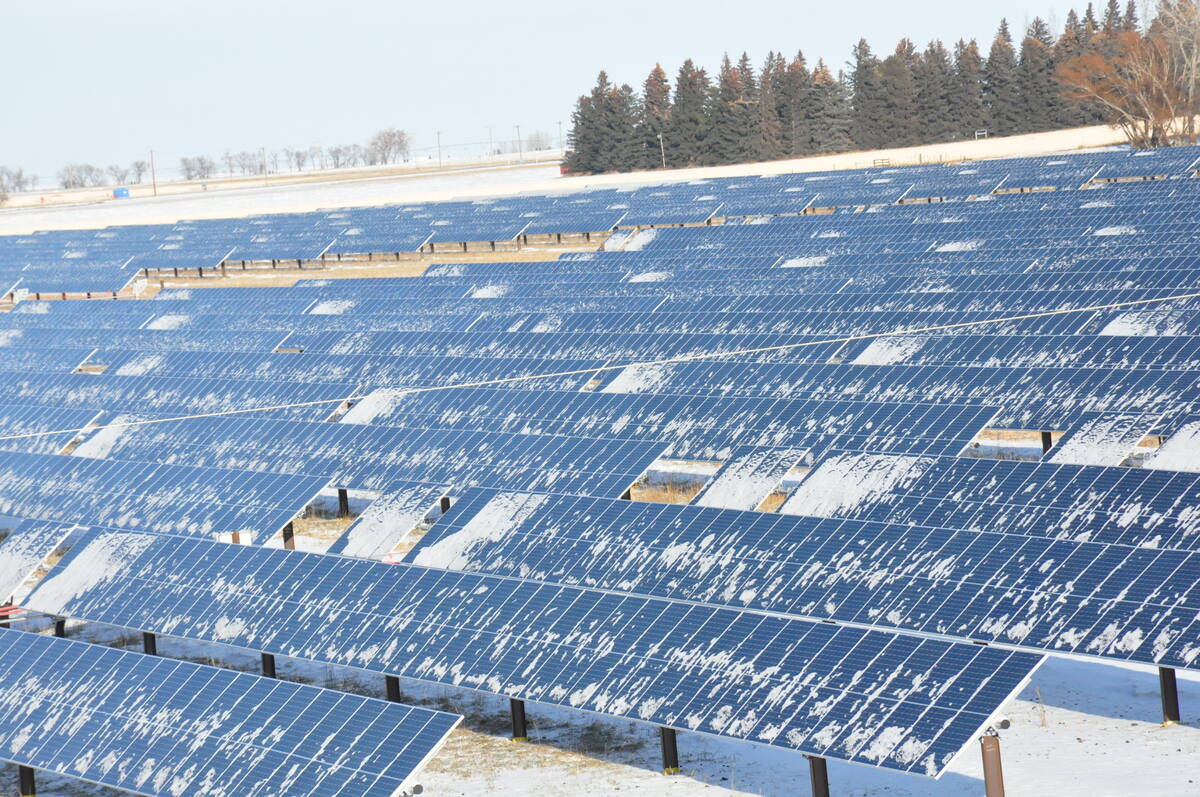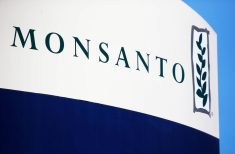One thing U.S. President Donald Trump has done for Canadians is raise awareness about what we don’t want. The recent election results, for example, clearly indicate that most Canadians don’t want to be Americans.
But it goes deeper than that. The external political and economic pressures exerted by the U.S. and the unfolding global trade wars will force a hard look at many of the policies, programs and ways we’ve operated in Canada.
As has happened in the past, those forces can be an impetus Canadian policymakers need to justify long overdue changes. A case in point was the 1995 federal decision to end the epic “pay-the-railways or pay-the-farmers” debate over freight subsidies to ship Prairie grain to export by simply cancelling the subsidy altogether.
Read Also

Why agriculture is Canada’s energy ace
Why isn’t agriculture getting more play in Canada’s quest for efficient, renewable energy production? It should be
The rationale, besides federal budgetary constraints, was new multilateral agricultural trade agreements requiring signatories to curb export subsidies.
With the global trading system now in a state of disarray and access to the U.S. market severely strained, attention has rightly turned to breaking down interprovincial trade barriers so Canadian businesses and workers can more fully exploit domestic opportunities.
It’s easy to say we don’t want interprovincial trade barriers, but without a clear understanding of how we want the domestic economy to evolve, efforts to make those barriers go away quickly become mired in the regional parochialisms maintaining the status quo.
Given the posturing from next door, dairy supply management will be the agricultural sector’s first test as bilateral trade negotiations proceed under the new federal government.
There’s only one way the U.S. rhetoric on this dairy issue makes sense. Unfettered access to the Canadian market would make little difference to the overall profitability of the U.S. dairy sector. Eliminating the barriers, however, would make a major difference to the viability of the Canadian dairy and food processing industry — which ties into the notion that Canada should become part of the U.S.
C.D. Caldwell, a retired agricultural ecologist from Dalhousie University, makes a valid point in a recent Canadian Agri-Food Policy Institute paper when he says supply management makes even more sense than it did in the 1970s when viewed through a modern lens of economic, social and environmental sustainability. For example, matching dairy production to demand is a sustainable approach if the goal is reducing methane emissions.
True, supply management has not prevented industry consolidation. Canada has half as many dairy cows as it did in 1970, although they are producing 80 per cent more milk. There are 92 per cent fewer dairy farmers (compared to a 62 per cent drop in all farmers).
There are also concerns around quota values and the limited opportunities for new entrants. But how is the need to acquire quota for dairy different from the need to access farmland to grow crops? Here’s how. Quota values rise at an average rate of 0.6 per cent a year, whereas farmland routinely shows double-digit annual appreciation.
Another difference is that a portion of available dairy quota is set aside every year for new entrants. No such provision exists to help new crop farmers get started.
Supply management, like any other system, needs to be reviewed and evolved. The question is, if we don’t want supply management, what do we want instead? Will it be the U.S. system where up to 73 per cent of dairy farmer’s returns come from government subsidies and half the labour pool is undocumented workers? That’s a high price to pay for a few cents saving at the grocers’.
Strategically, whether it’s dealing with interprovincial trade, dairy supply management or other critical priorities, Canadian policy makers and industry stakeholders must focus on what we want, rather than what we want to avoid.
















